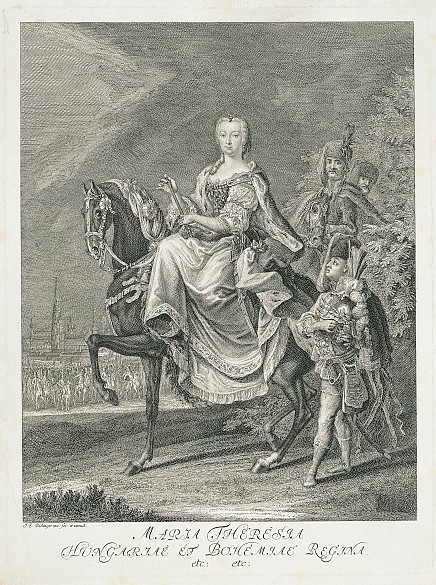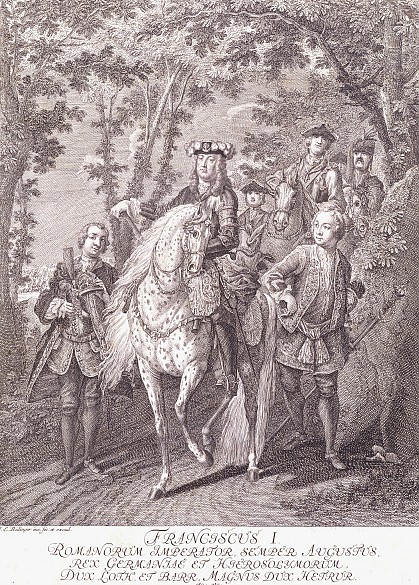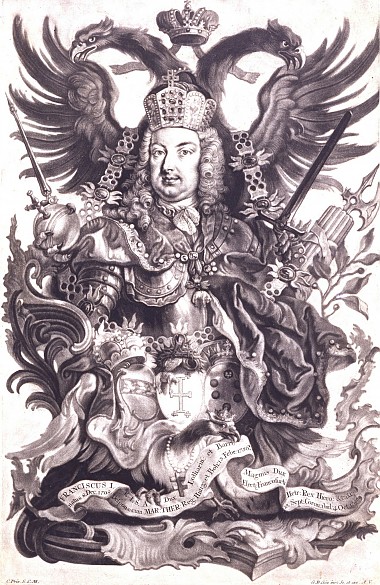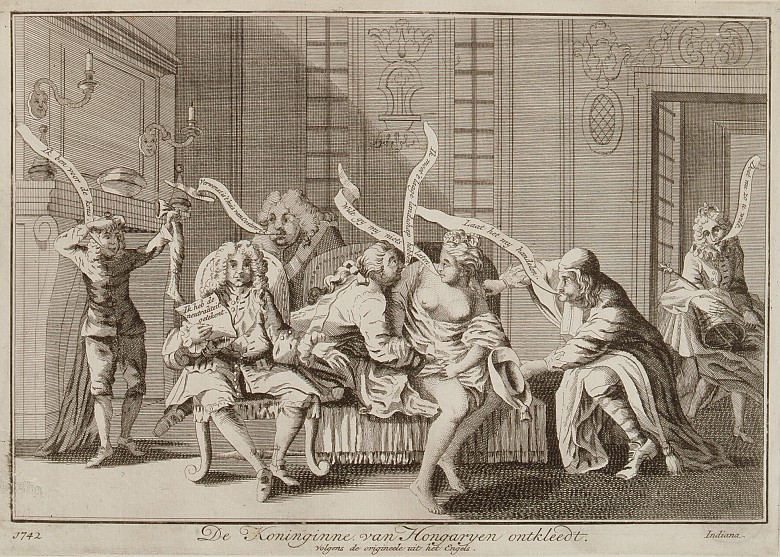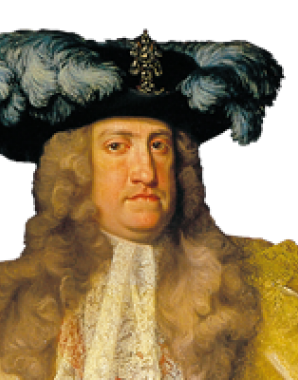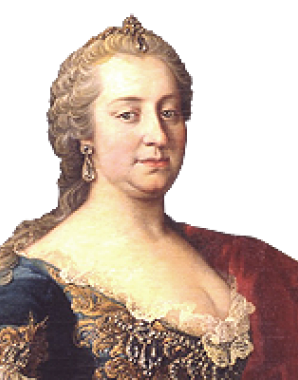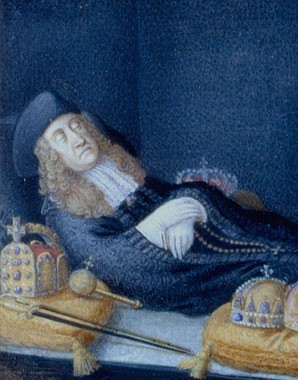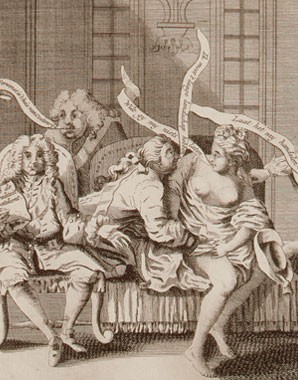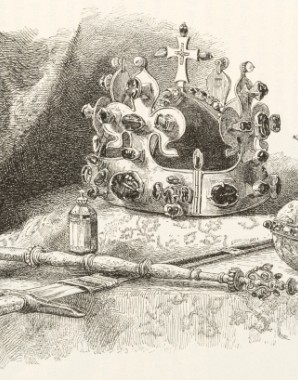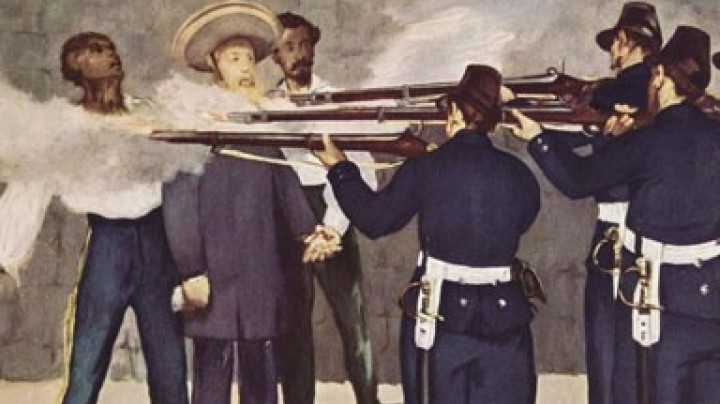The Habsburg heiress versus the European world of men
Only a few weeks after Maria Theresa’s accession, Frederick the Great of Prussia began a war against the Habsburgs in which he was joined by Bavaria, Saxony, the Palatinate, France, Sardinia and Spain.
Frederick the Great of Prussia in 1746, looking back on his motives for invading SilesiaI applied my mind to the death of the Emperor, the last Habsburg ruler; he had left his daughter with a contested inheritance, and Caesar’s throne was free. (...) If one adds to all these inducements the attraction of my strong and mobile army, well-ordered finances, the great assets with which the crown treasury was filled (and perhaps also the desire to make a name for myself), then one knows all the reasons I had for declaring war on Maria Theresa, Queen of Hungary and Bohemia.
Although Emperor Charles VI had provided for the succession of his daughter Maria Theresa through the Pragmatic Sanction, his death was followed by the worst possible scenario: Bavaria, Saxony and Prussia declined to recognize the Sanction in full. All the signs were that war was coming, and on 16 December 1740 a 30,000-strong Prussian army took Silesia without resistance. Frederick offered a compromise, which Maria Theresa turned down. Periods of ceasefire alternated with hostilities in which numerous European powers were involved – the War of the Austrian Succession had begun.
The first battle took place at Mollwitz on 10 April 1741 and ended with a victory for Prussia, raising the hopes of Maria Theresa’s opponents. The next shock for the Habsburgs came in the autumn of 1741 when a Franco-Bavarian offensive led to the occupation of Upper Austria and Prague – with the local population putting up little resistance. Were the inhabitants of the occupied territory perhaps pleased at the prospect of being rid of the Habsburgs? In any case, the Habsburgs suspected their Silesian, Bohemian and Upper Austrian subjects of having ‘betrayed’ them.
A defeat of similar gravity in the political field followed in January 1742 when not Franz Stephan but Karl Albrecht of the Wittelsbach dynasty was elected Holy Roman Emperor. However, the Habsburgs also scored a military successes when the Austrian army under Khevenhüller retook the Upper Austrian capital of Linz and the very day of Charles VII’s imperial coronation saw the capitulation of his own capital of Munich. Bohemia was taken back in 1743, at which point Maria Theresa had herself crowned Queen of Bohemia in Prague with the very crown that she had previously referred to as a ‘fool’s cap’ (‘Narrenhäubl’). In ‘only’ six instances were death sentences passed on the Bohemians who had collaborated with the occupying powers, none actually being carried out. Financially, however, Maria Theresa made Bohemia pay dearly for having welcomed the Bavarians so heartily.
When Emperor Charles VII died at the beginning of 1745, moves were made to reach a compromise with Maria Theresa, leading to the coronation of her husband Franz Stephan as emperor. However, further military defeats compelled Maria Theresa to seek a swift peace with her hated enemy Frederick, and the loss of Silesia was confirmed. Finally, further military engagements in Belgium, Holland and Italy were followed by further peace negotiations, which were brought to a conclusion at Aix-la-Chapelle (Aachen) in 1748.
